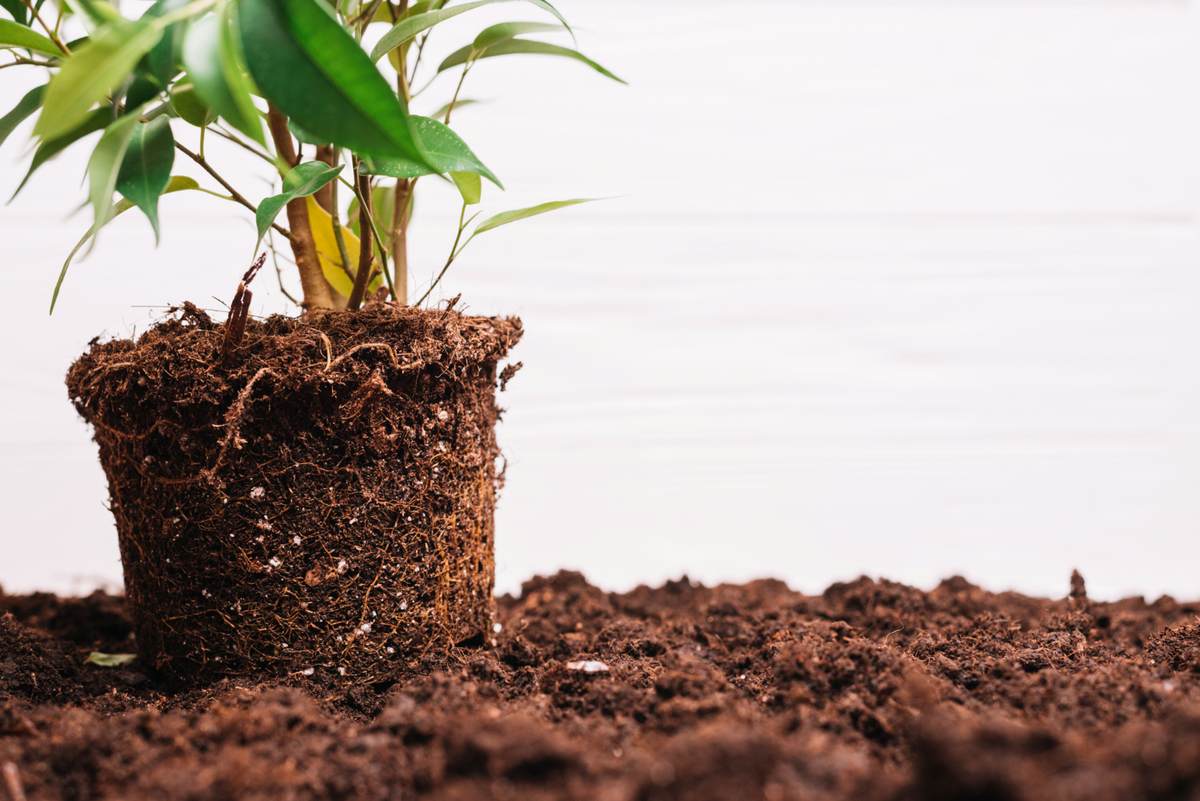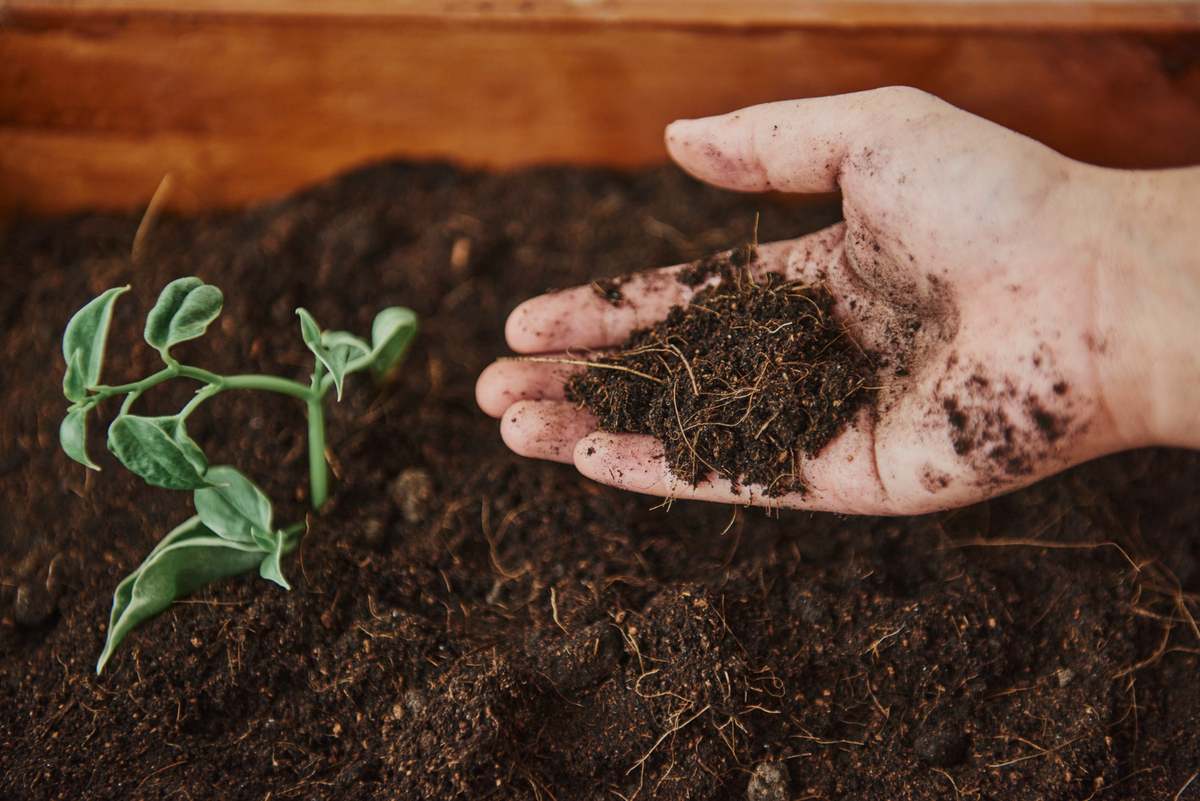For sustainable and eco-friendly gardening and farming practices, cocopeat can play an outstanding role for everyone and everywhere. Using cocopeat for plants can enhance plant growth, germination, and overall plant health by improving soil structure, ensuring optimal moisture levels, and root aeration for plants. Also, cocopeat helps to reduce the risk of soil-borne diseases, making it a favored choice for growing plants.
Table of Contents
What is cocopeat?
Cocopeat is a byproduct of coconut processing, containing coconut husk fibers which are used as a medium for growing plants. Here, coconut husk fibers are ground into a fine, peat-like substance that makes it a great medium for exceptional water retention, efficient aeration, and a pH-neutral nature.
Cocopeat benefits for plants
Excellent Water Retention Capacity: Cocopeat helps to hold soil water amazingly and ensures the availability of soil moisture to plant roots.
Enhanced Aeration: Cocopeat provides proper aeration to the plant roots by preventing the compactness of soil and allowing better oxygen supply to the roots.
pH Neutral: The pH-neutral nature of cocopeat makes it most suitable for many plants and allows for better nutrient uptake.
Improved Soil Structure: Cocopeat helps to improve soil structure when used with garden soil.
Reduced Weeding: When used as mulch, cocopeat helps suppress weed growth.
Improved Nutrient Retention: Cocopeat has the ability to prevent the leaching of soil and retain essential soil nutrients for better plant growth.
Disease Resistance: Cocopeat has natural antifungal and antibacterial properties that help to reduce the risk of soil-borne diseases.
Eco-Friendly: As cocopeat is obtained from coconut processing, it is an eco-friendly and sustainable choice for growing plants.
Versatility: Cocopeat is a versatile product as it is used in various gardening and agricultural practices, including potting mixes, seed starting, soil conditioning, and hydroponics.
Also Read: How to Start a Hydroponic Garden at Home
Cocopeat uses

Cocopeat, as a versatile growing medium, has various uses in gardening and agricultural practices:
Potting Mix: For growing potted plants, cocopeat can be used as a primary or supplementary component. It helps to improve soil structure, works as a mulching material for moisture retention, ensures aeration, and provides an ideal environment for plants.
Soil Conditioner: Cococpeat is also used for soil conditioning purposes with garden soil to improve its water-holding capacity and aeration. It is beneficial for various vegetable and flower plants as it helps to enhance soil structure and retain nutrients in the soil.
Seed Starting: Cocopeat is excellent in seedling trays or pots for growing seedlings. Its fine texture is good for seed germination, and it also retains moisture evenly.
Mulching: As a mulching material, cocopeat can be a good choice to use around the base of plants. It helps to retain soil moisture content, reduces weed growth, and also maintains soil temperature.
Hydroponics: Cocopeat serves as a substrate for growing plants without soil hydroponically and allows nutrient delivery directly to the crop roots, making it most suitable for hydroponic gardening.
Composting: Cocopeat can also be combined with kitchen scraps to make a balanced compost mixture and provide a better substrate for plant growth.
Landscaping: In landscaping, cocopeat is used to improve soil quality, especially in poor soil conditions.
Mushroom Cultivation: In mushroom cultivation, cocopeat is used as a substrate for mycelium growth.
These diverse uses of cocopeat make it a valuable and ideal choice for gardeners and farmers for growing their crops vigorously and, most importantly, in a sustainable manner.Also read: The Eco-Friendly Choice: Benefits of Vermicompost Fertilizer
How to make cocopeat at home?
 Of course, you can make cocopeat at home by following a few steps. Here’s a step-by-step guide on how to make cocopeat at home:
Of course, you can make cocopeat at home by following a few steps. Here’s a step-by-step guide on how to make cocopeat at home:
Prepare the Coconut Husks: First, remove the coconut husks from the coconuts using a sharp knife. Also, you can collect the coconut husk from your local market or online store.
Cut the Husks into Small Pieces: Once you have collected the husks, cut them into smaller pieces using a knife or any other sharp tools as well.
Soak the Husk Pieces: Thereafter, get a desirable size container and place the cut husk pieces in it. Fill the container with water, ensuring that the husk pieces are fully submerged to soften the husks and facilitate the removal of fibers. This process takes almost 5 to 7 days.
Drain and Rinse: When the soaking process is completed, drain the water from the container. Rinse the soaked husk pieces thoroughly using a cloth or mesh bag to remove any excess salt or impurities.
Sun-Dry the Husk Pieces: After that, spread the husk pieces in a sunny place for a week to allow them to dry completely in the sun.
Break Down the Dried Husk Pieces: Once the husk pieces are completely dry, break them down further into smaller, finer particles using the desired tool.
Store the Cocopeat: Finally, your homemade cocopeat is ready to use. You can store your cocopeat in a dry and airtight container or bag and use it in your gardening and farming practices.
How to use cocopeat for plants?
 Using cocopeat for plants is very easy; you just have to mix it with garden soil to create an ideal planting medium, which will help to enhance soil structure, moisture retention, and aeration. As mulch, you just have to apply cocopeat around the base of plants to regulate soil temperature and suppress weeds. For seed starting, fill the seedling trays with cocopeat to facilitate germination with consistent moisture. Also in hydroponics, you can use cocopeat as a substrate for efficient nutrient and water delivery.
Using cocopeat for plants is very easy; you just have to mix it with garden soil to create an ideal planting medium, which will help to enhance soil structure, moisture retention, and aeration. As mulch, you just have to apply cocopeat around the base of plants to regulate soil temperature and suppress weeds. For seed starting, fill the seedling trays with cocopeat to facilitate germination with consistent moisture. Also in hydroponics, you can use cocopeat as a substrate for efficient nutrient and water delivery.
Cocopeat price
If you want to purchase cocopeat from the online or offline market to avoid extra work while making it at home, then you can go for it without any hesitation. Cocopeat’s price in the market depends on several factors such as quality, quantity, and location. On average, cocopeat is relatively affordable and cost-effective everywhere, making it a great choice for all gardeners and farmers.
FAQs
How often do you change cocopeat?
It depends on several factors including the type of plants, growing conditions, and the age of the cocopeat. In general, the cocopeat needs to be replaced every 2-3 years for optimal results. But you should monitor it closely if it becomes compacted, loses its moisture-retention ability, or shows signs of deterioration then you can replace it immediately.
Is cocopeat a fertilizer?
Cocopeat is not a fertilizer, it is a growing medium or soil conditioner which can improve a plant’s access to nutrients and overall growth. So, you can mix cocopeat with fertilizers or compost to create an enriched planting medium.
Is only cocopeat enough for plants?
While cocopeat is a very good growing medium, it’s not sufficient for many plants. Cocopeat provides excellent moisture retention and aeration, but it lacks essential nutrients. So it is always recommended to mix cocopeat with compost, organic matter, or other soil amendments to make a balanced growing medium for optimal plant growth.
Can I replace the soil with cocopeat?
In some conditions, cocopeat can replace soil, such as container gardening or hydroponics, where plants grow without traditional soil. But in most of the cases such as in ground planting it’s not advisable to use only cocopeat instead of soil because cocopeat lacks essential nutrients.
Which plants can be grown in cocopeat?
As I said before cocopeat is a versatile component that’s why it can be used to grow a wide variety of plants, including vegetables, flowers, herbs, indoor houseplants, and even trees and shrubs.








